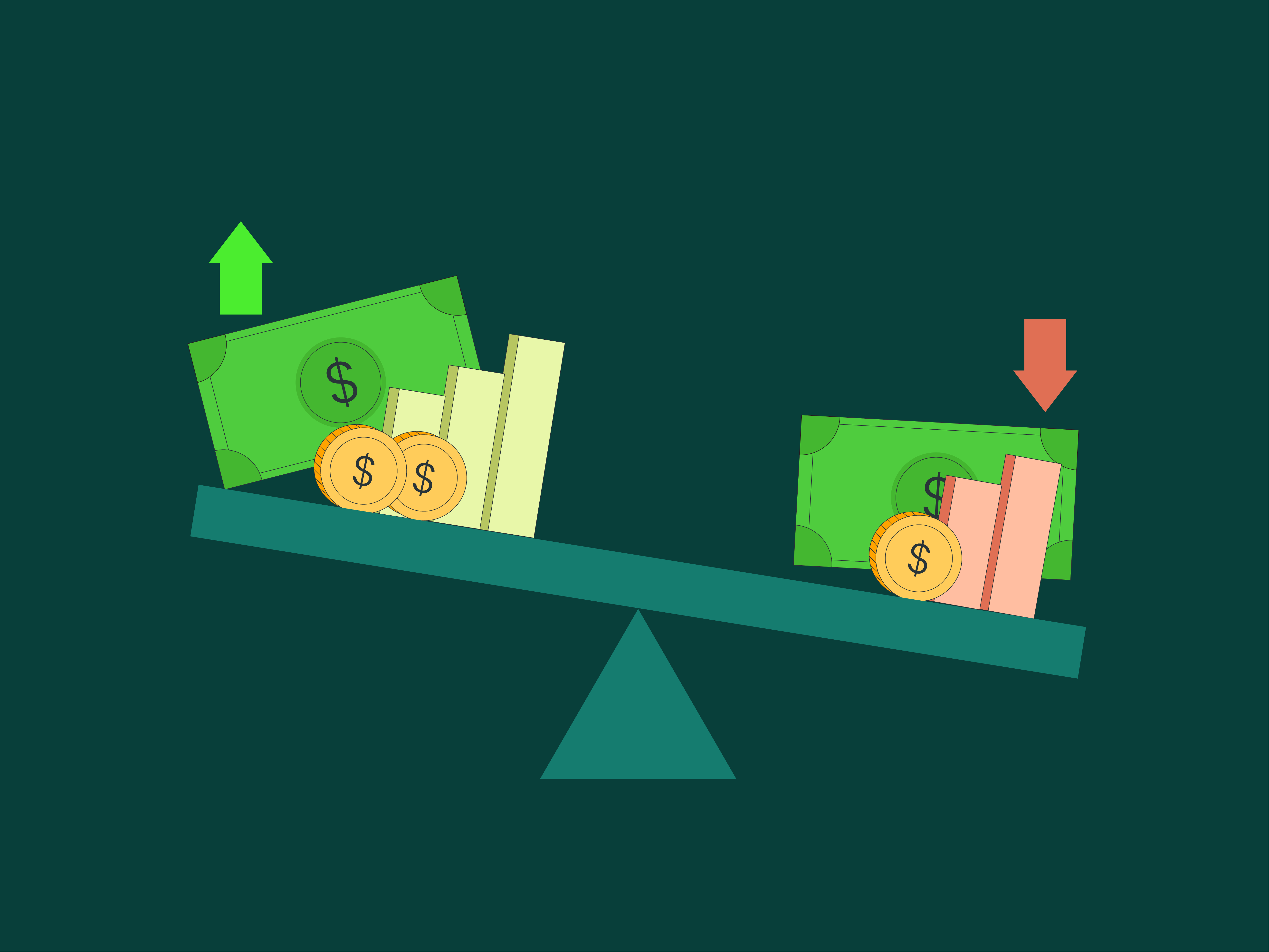Cash is the lifeblood of any business. Without it, you can't pay your bills, invest in growth, or even keep your doors open. That's why cash flow analysis is such an important tool for businesses of all sizes. It helps businesses make money, grow, and stay afloat.
The concept of cash flow analysis has been around for centuries, but it wasn't until the late 19th and early 20th centuries that it began to be used more widely by businesses. One of the pioneers of cash flow analysis was Benjamin Graham, who is considered to be the father of value investing. Graham believed that cash flow was one of the most important factors to consider when evaluating a business.
In this article, you’ll visit:
- A look at cash flow analysis
- Why is the buzz around it?
- 10 Fundamental steps within cash flow analysis
- Analyze your cash flow with Bluecopa
Let’s see through.
A look at cash flow analysis
Cash flow analysis is the process of examining the movement of cash into and out of a business or project. It can be performed using a variety of different methods, but the most common is to use the cash flow statement.
The cash flow statement is a financial statement that shows how much cash a business generated or used during a specific accounting period. It is divided into three main sections:
- Operating activities: This shows the cash flows generated from the core business operations, such as sales, expenses, and inventory changes.
- Investing activities: This shows the cash flows generated from buying and selling long-term assets, such as property, plant, and equipment.
- Financing activities: This shows the cash flows generated from borrowing and repaying money, as well as issuing and redeeming equity.
Why is the buzz around it?
Cash flow analysis is critical because of the plethora of benefits it offers, including—
- Identifying potential cash flow problems early on: By monitoring cash flow trends, businesses can identify potential problems before they become too serious. This can help them to take corrective action quickly and avoid financial difficulties.
- Making informed financial decisions: Cash flow analysis can help businesses make informed financial decisions, such as whether to invest in new projects, expand into new markets, or borrow money. By understanding their cash flow needs, businesses can make sure that they have enough cash to support their financial decisions.
- Planning for future growth: By understanding their cash flow needs, businesses can develop better plans for future growth. This can help them to avoid running out of cash when they need it most.
10 Fundamental steps within cash flow analysis
Below is a ten-step process you could carry out to get started with cash flow analysis—
#1 Gather financial statements
Start by collecting the company's financial statements, including the income statement, balance sheet, and statement of cash flows for the specific period you want to analyze. These statements provide the primary data for cash flow analysis.
#2 Calculate operating cash flow (OCF)
Calculate the operating cash flow by using one of the following methods: Direct Method or Indirect Method.
#3 Analyze investing cash flow (ICF)
Review the cash flows related to investing activities, such as purchases or sales of assets like property, equipment, or investments. A positive ICF may indicate growth or expansion, while a negative ICF suggests divestment or capital expenditure.
#4 Examine financing cash flow (FCF)
Analyze cash flows associated with financing activities, including loans, equity issuance, or dividend payments. A positive FCF can signify capital infusion or borrowing, while a negative FCF can indicate debt repayment or dividend payouts.
#5 Review changes in working capital
Assess the changes in working capital, including accounts receivable, accounts payable, and inventory. Positive changes can tie up cash, while negative changes can release cash.
💡 Read more about accounts receivable observability!
#6 Identify non-cash items
Recognize non-cash items like depreciation and amortization, as they affect net income but do not involve cash transactions. These should be added back to net income when calculating OCF.
#7 Analyze free cash flow (FCF)
Calculate the free cash flow, which represents the cash available for distribution to investors or for reinvestment. FCF is often used for valuation and investment decisions.
#8 Interpret cash flow trends
Analyze the historical cash flow statements to identify trends and patterns. This can help in making informed decisions about the financial health and sustainability of the entity.
#9 Compare cash flow to financial goals
Compare the cash flow results to your financial goals and objectives. For businesses, this may involve assessing whether cash flows are sufficient to cover operational expenses, debt servicing, and investments. For investors, it could be evaluating whether the company generates adequate cash flow to support its valuation.
#10 Make informed decisions
Based on the cash flow analysis, make informed financial decisions, such as investment choices, financing strategies, or adjustments to operational activities.
Analyze your cash flow with Bluecopa
Bluecopa's cash flow observability helps businesses of all sizes track and analyze their cash flow data in real-time. With Bluecopa, you can easily identify trends and patterns in your cash flow, spot early warning signs of financial problems, and make better decisions about how to manage your money.
Bluecopa's cash flow observability includes a variety of tools and reports, such as:
- Cash flow statement templates: Bluecopa provides pre-built templates for cash flow statements, so you can start analyzing your cash flow data right away.
- Cash flow analysis charts and graphs: Bluecopa generates interactive charts and graphs that make it easy to visualize your cash flow data and identify trends and patterns.
To enjoy positive cash flow and ensure cash is king, start your analysis with Bluecopa. Register for a quick product walkthrough today.




